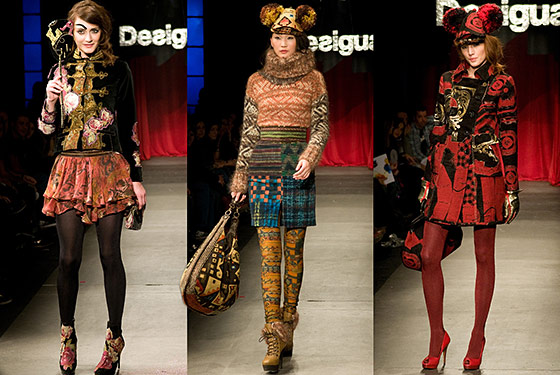We are all familiar with the proverb, "Two is better than one." And in the retail industry, this saying goes a long way. In a world of today where new ideas come and go on a daily basis, creating a product that rises above and beyond all the others, and lasts, is not an easy task.
Which is why Bob McDonald, chief executive of the world's largest consumer goods company, Procter & Gamble, states that "the road to more innovation should increasingly embrace other people's good ideas." McDonald was not the first to come up with this tactic for it's company, as it is something P&G have been aiming for over the last decade.
photo via: Financial Times
In 2001, P&G launched its Connect & Develop Programme as a more purposeful way to work with outside partners in pursuit of "open innovation." A.G. Lafley, its then chief executive, wanted at least 50 percent of its new products to involve an outside partner. P&G was able to fulfill Lafley's request within four years, and with successful results. According to IRI, the market research firm, P&G produced five of the top 10 non-food product launches in 2009. Products include Tide Total Care and Procter & Gamble Always Infinity feminine care brand. Tide Total Care was developed with external research from Sweden's University of Lund and from two small chemical companies. Always Infinity used a patented absorbent foam material from a manufacturing process developed with an external partner. It is no doubt that P&G's success is largely in part of their choice to work outside of their abilities and partner up with other innovative brands. (source: FT)
photo via: Ecouterre
In the fashion and apparel industry, the rules aren't any different. Woolrich, an outdoor clothing company, recently partnered with Agion, a leader in odor-fighting solutions, to produce a line of outerwear that eliminates odor without having the need to launder. Using silver ions, Agion's technology removes odor-causing bacteria from getting into the fabric and promises that the garment will be able to perform, even after repeated wash and wear. This is a genius idea since we all know how things can get after a long day of hard work and exercise! Although these two companies are completely different in terms of what they do, they found a need for each other and were able to create a product that never existed before. (source: Ecouterre)
photo via: Nine West
Just a few days ago, Nine West also announced their launch of "Shoelaborations," a creative platform that "seeks talented individuals doing original work in their unique artistic areas and allows them the opportunity to collaborate on a rotating basis with Nine West." Through the international acclaim of the company, Nine West promises to bring the visions of these designers to a worldwide audience. The first collection will be in partnership with CFDA/Vogue Fashion Fund winner Sophie Theallet. British designer Giles Deacon is next in line for Fall 2011.
photo via: NY Mag
Although it is nothing new for designers to collaborate with commercial brands, the continuity of this trend shows that such collaborations are here to stay. Designers working for commercial brands is becoming a more common theme. For example, even haute couture designer Christian Lacroix, recently announced it's collaboration with Spanish label Desigual for the Fall 2011 collection. Today, collaborations can happen anywhere and with anyone.
Therefore, the idea of collaboration could be something to seriously reconsider and expand upon.
As collaboration becomes an essential factor in developing unique or special products, one must ask themselves how we can further the idea of "collaboration" in our own product and idea developments.
Would businesses be reorganizing their internal structures? Perhaps. Would jobs require multi-skilled backgrounds? Most likely. Even in one of our last articles in regards to the birth of the edvitorial, the overall conclusion is the same. We are moving toward more and more of an integrated society, work place, and culture. How are we going to adapt?


























No comments:
Post a Comment